The second attack on this base was the longest, most fierce and intense. On April 11, 1954, the second phase of the battle to destroy the C1 hill base began. Company 811 (Battalion 888, Regiment 176, Division 316) was assigned to defend and fight on this base; Regiment 98, which attacked the first phase (from March 30 to April 10), was ordered to withdraw to the rear.
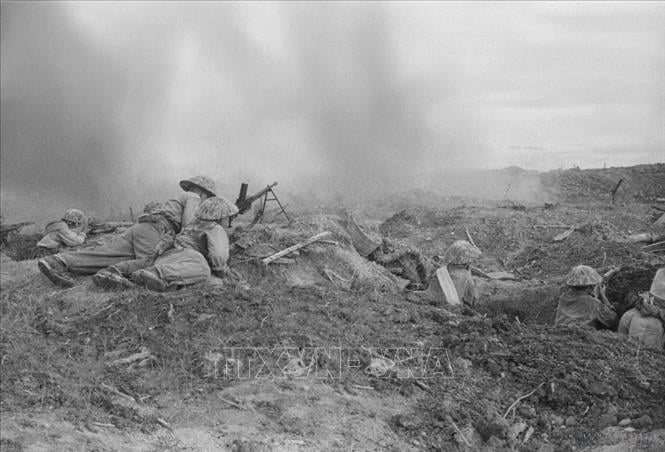
The relationship between us and the enemy on hill C1
Hill C1 is located in the system of high defensive points on the eastern hills of the French Dien Bien Phu stronghold ; it is a screen protecting the central area of Muong Thanh, guarded by Company 3 of Battalion 1, 13th Foreign Legion Half-Brigade (13DBLE).
The stronghold was built on the 493 Height, with a relatively solid structure, a dense and complex system of fences and obstacles, the eastern side up to 100 m thick; a system of bunkers and multi-layered trenches, forming a circular support point. The command bunker was located at the Flagpole bunker, the highest peak of the stronghold. In addition, because this was the main defensive direction of the enemy, when the battle occurred, it would receive firepower support as well as a very large force from neighboring strongholds and from the center of the stronghold group.
The battle to destroy Hill C1 was led by Regiment Commander Vu Lang (E98, Division 316) as Commander-in-Chief and lasted 32 days, divided into two phases, phase 1 from March 30 to April 10, 1954 undertaken by Regiment 98; phase 2 from April 11 to April 30, 1954 undertaken by Company 811 (Battalion 888, Regiment 176, Division 316).
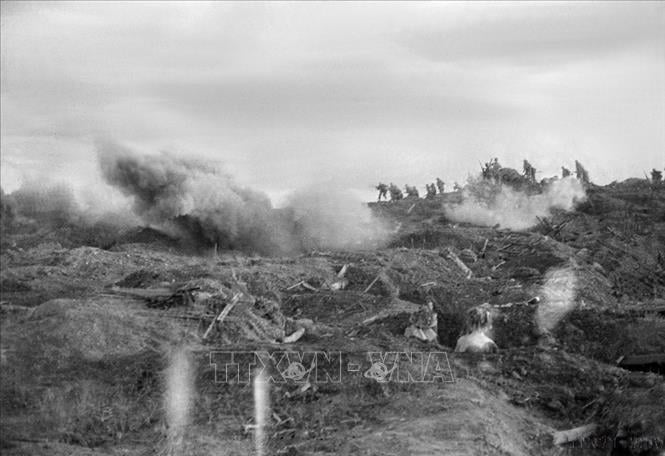
Comparing the correlation between us and the enemy on hill C1, the enemy has a much greater advantage than us:
Regarding forces: The enemy had 2 new combat companies newly reinforced from Hanoi , so they were very energetic; in addition, they also received effective support from 2 parachute battalions on C2 hill and adjacent Mam Xoi hill. Meanwhile: We only had 1 company (C811), the health of the troops had declined due to continuous fighting in Dien Bien Phu since the end of October 1953.
Regarding the battlefield: The enemy occupied 2/3 of the hill to the south, which was wider and on high ground; our battlefield was only on 1/3 of the hill to the north and was narrower than the enemy's battlefield.
Regarding weapons: The enemy was much stronger than us, they had flamethrowers, a powerful weapon, used for the first time in Vietnam and only in the C1 Dien Bien Phu battle. The enemy also had artillery support at Hong Cum, 4-barreled heavy machine guns at the adjacent C2 hill and at the Muong Thanh bridgehead only a few hundred meters from our position. In addition, enemy planes regularly dropped bombs, including napalm bombs, on the position of Company 811.
Company 811 was ordered to defend on hill C1, Regiment 98 withdrew to the rear.
If the presence of our troops on hill C1 was unacceptable to the enemy, we also needed to maintain this high point as a springboard for the final attack. On April 11, 1954, only sporadic fighting took place. Both the enemy and our troops had to put all their efforts into consolidating their foothold on the hill, bombs and bullets had destroyed all the fighting fortifications as well as hiding places. The enemy had to send the third company of the 2nd Foreign Legion battalion, which had just arrived in Muong Thanh, to replace the exhausted fighting force that had fought all night the night before.
At dawn on April 11, 1954, both sides' battlefields were quiet. The enemy was preparing to attack, while we were at a disadvantage, determined to quickly prepare to counterattack and retake. In a bunker on the right side of C1 hill, battalion commander Hoang Vuong was discussing with his cadres the determination to retake the Flagpole.
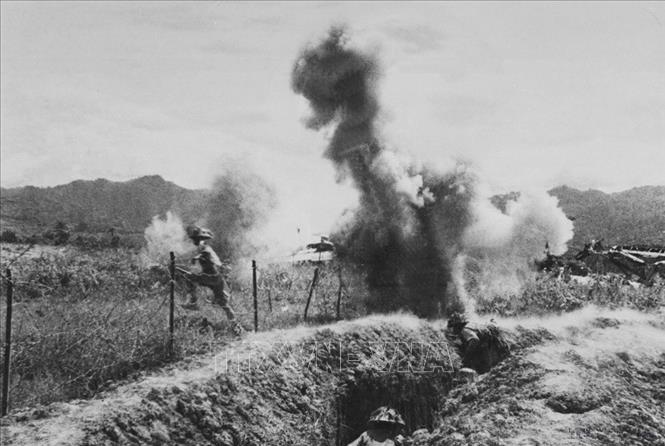
According to the plan of the Campaign Command, the 98th Regiment was ordered to withdraw to the rear to consolidate and prepare for the upcoming general offensive. On the afternoon of April 11, 1954, while coordinating with the 304th Division to fight in Hong Cum, the 888th Battalion (316th Division) was ordered to march to reinforce the 98th Regiment. Due to combat requirements, Regiment Commander Vu Lang decided to only send the 811th Company of the 888th Battalion to defend and fight on Hill C1. The 811th Company defended Hill C1 for twenty consecutive days, until we completely destroyed this stronghold at the end of April.
On the afternoon of April 11, 1954, Company 811 built trenches, gun emplacements, and bunkers, then used barbed wire and enemy mines to determine the boundary between us and the enemy.
The battle on April 10 and 11, 1954 was Bigeard’s last major counterattack on the eastern hills. The enemy was forced to take turns sending each company to defend the inner hills. We and the enemy understood each other so well that we agreed to temporarily maintain the status quo. Occasionally there were grenades, machine gun fire, flamethrowers, and lightning raids.
During the 20 days and nights from April 11 to 30, 1954, both our side and the enemy at the C1 base organized many attacks to fight for every inch of land, every gun emplacement, every section of trench, but there was no winner.
[Source: VNA; books: General Vo Nguyen Giap: Complete Memoirs, People's Army Publishing House, Hanoi, 2010, p. 1043; Dien Bien Phu Victory - Chronicles, Volume 2, People's Army Publishing House, Hanoi 2024, pp. 146, 147]
Source



![[Photo] Exciting contest of skillful red fruit picking and creativity from Son La coffee beans](https://vphoto.vietnam.vn/thumb/1200x675/vietnam/resource/IMAGE/2025/11/15/1763201832979_ndo_bl_3-jpg.webp)
![[Photo] The Government Standing Committee reviews the planning project of the Red River landscape avenue axis](https://vphoto.vietnam.vn/thumb/1200x675/vietnam/resource/IMAGE/2025/11/15/1763197032149_dsc-0163-jpg.webp)

![[Photo] Action for the Community tells stories of enduring journeys – both intimate and great, yet quiet and determined](https://vphoto.vietnam.vn/thumb/1200x675/vietnam/resource/IMAGE/2025/11/15/1763179022035_ai-dai-dieu-5828-jpg.webp)






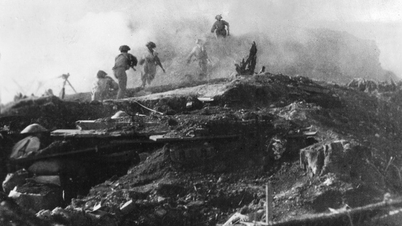
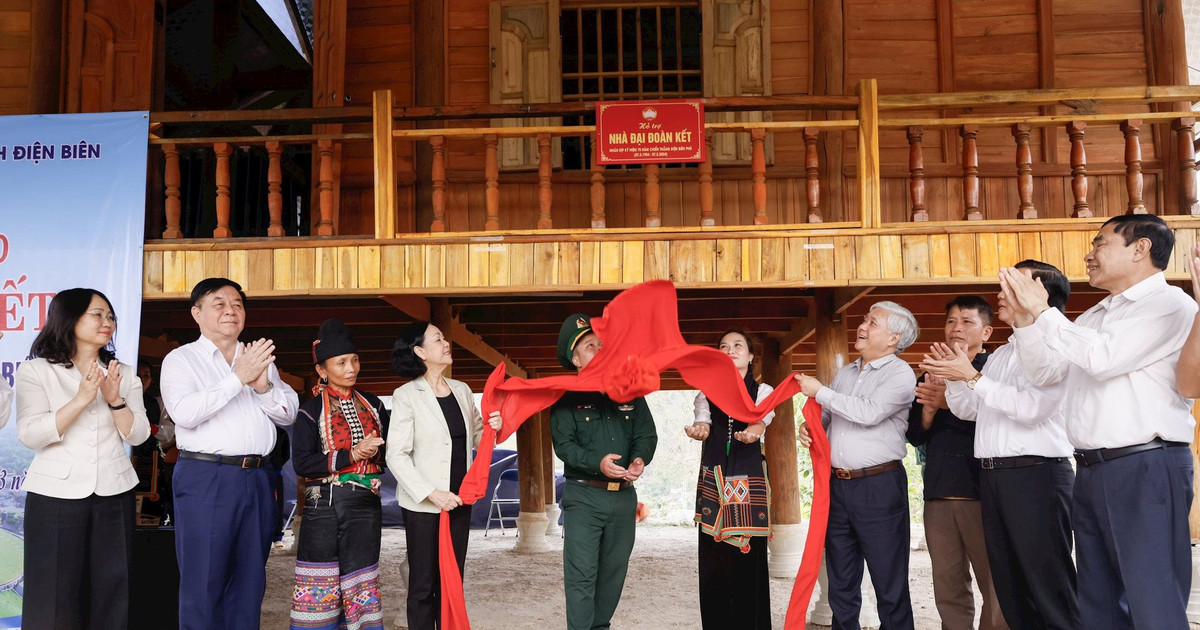



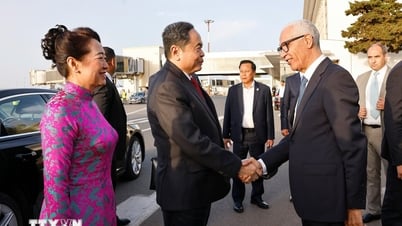

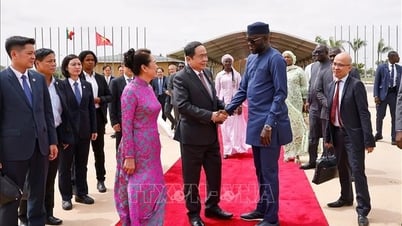



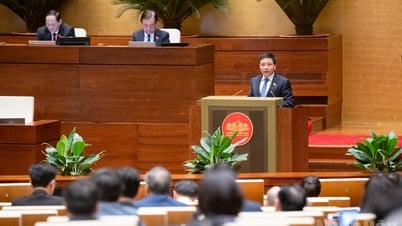







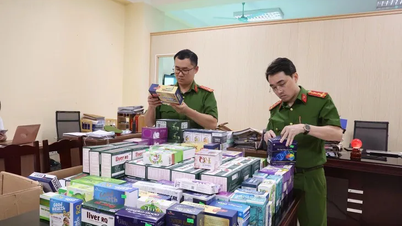





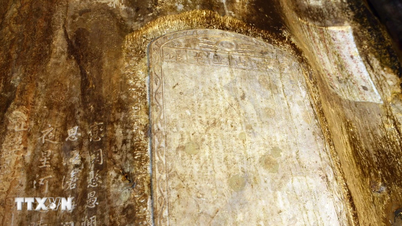



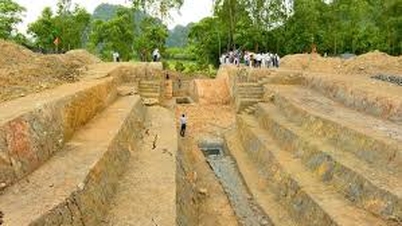
















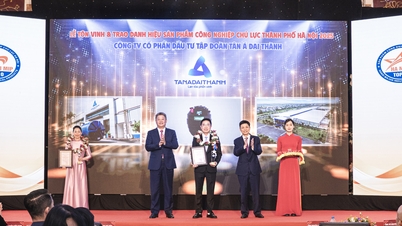
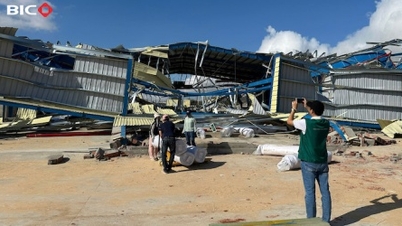




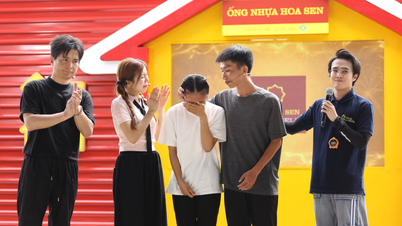







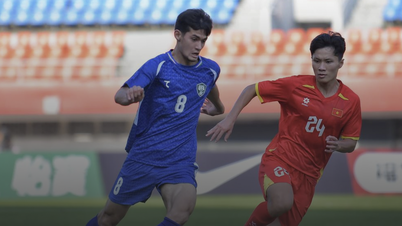

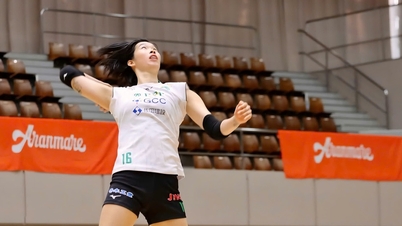

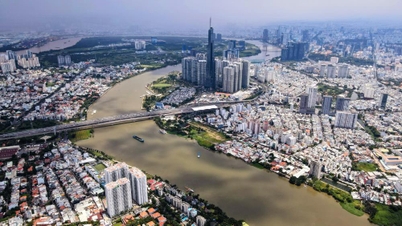


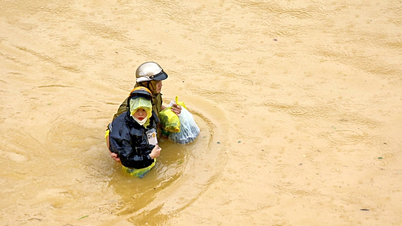


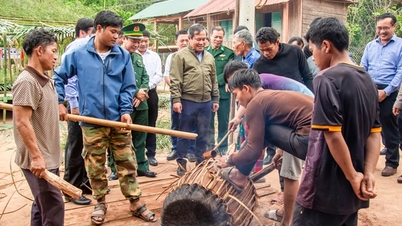
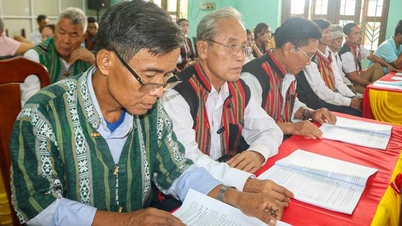

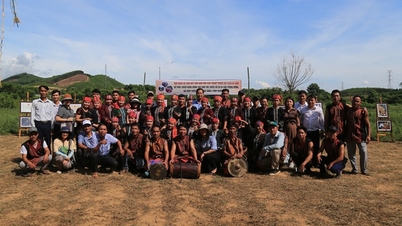



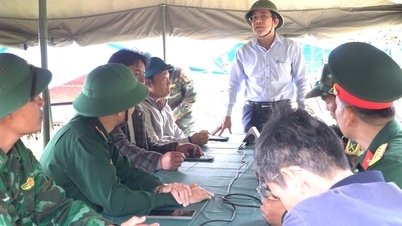



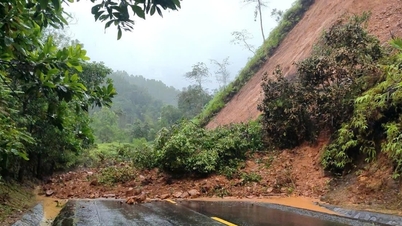


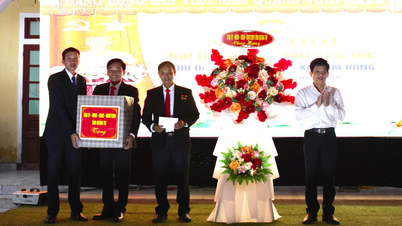












Comment (0)